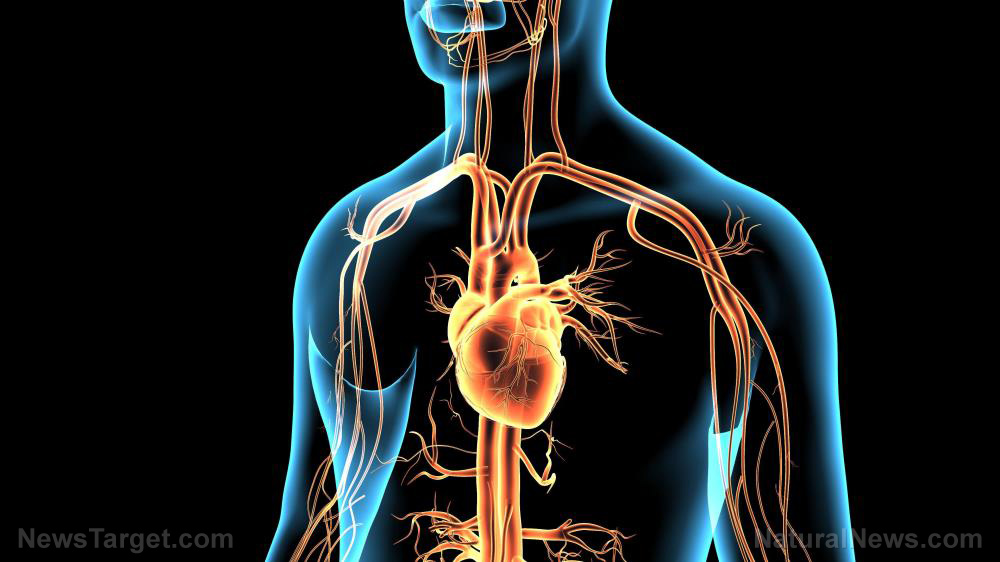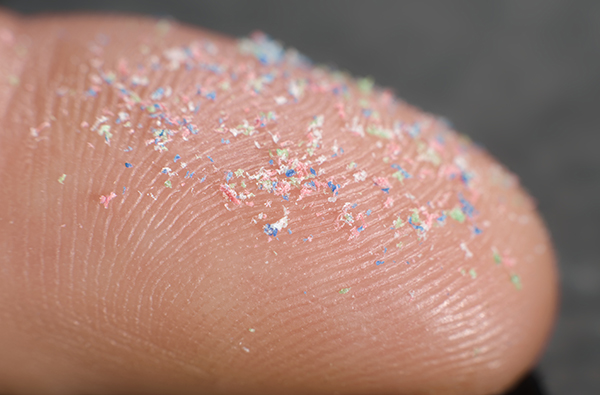Children treated for acute lymphoblastic leukemia may grow up to have heart problems, study finds

(Natural News) Acute lymphoblastic leukemia (ALL) is a type of cancer that affects the blood and bone marrow. It is the most common type of cancer developed by children. Although ALL is known to progress quickly, advances in modern medicine have increased the survival rate of children with this disease. However, a recent study by researchers from the Medical University of Lublin in Poland found a link between childhood ALL and atherosclerosis. In their article, which appeared in the journal Annals of Agricultural and Environmental Medicine, they reported that people who underwent treatment for ALL when they were young have a higher risk of prematurely developing atherosclerosis than people who spent a healthy childhood.
What is acute lymphoblastic leukemia?
Acute lymphoblastic leukemia is a blood cancer characterized by the excessive production of lymphoblasts in the bone marrow. Lymphoblasts are aberrant cells that look like — but are larger — than normal lymphocytes, which are a specific type of white blood cells. Lymphocytes are part of the immune system: They are the cells responsible for recognizing foreign substances, producing antibodies against them, and destroying harmful cells.
Lymphoblasts, on the other hand, are incapable of doing the same things. They can only grow in numbers rapidly, which eventually becomes problematic as they will crowd out healthy cells. This eventually leads to impaired immune function, susceptibility to infections, anemia, or the spread of cancer to the brain and spinal cord. (Related: Intermittent fasting inhibits the most common type of childhood leukemia.)
The power of the elements: Discover Colloidal Silver Mouthwash with quality, natural ingredients like Sangre de Drago sap, black walnut hulls, menthol crystals and more. Zero artificial sweeteners, colors or alcohol. Learn more at the Health Ranger Store and help support this news site.
Although the cause of ALL is still unknown, there are risk factors that may increase a child’s risk of developing this cancer. These factors include:
- Having an identical or fraternal twin who has the disease
- Genetic predisposition
- Taking immunosuppressants after an organ transplant
- Exposure to x-ray prior to birth
- Receiving other cancer treatments (e.g., chemotherapy, radiation) previously
Treatments for childhood ALL include stem cell or bone marrow transplant and/or chemotherapy. The latter involves the use of powerful drugs to kill cancer cells, followed by maintenance therapy once remission is confirmed. Maintenance therapy involves the use of anti-neoplastic agents, which prevent the growth of tumors. Like chemotherapy, anti-neoplastic treatments cause serious side effects, such as nausea, loss of hair, loss of appetite, and fatigue, among others.
Childhood ALL survivors are at high risk of developing heart disease early
For their study, the researchers compared patients who had undergone anti-neoplastic treatment with healthy individuals in terms of parameters used to evaluate subclinical atherosclerosis. Late cardiovascular complications, such as the development of atherosclerosis and atherosclerosis-related diseases, are the leading causes of death and morbidity among patients with childhood malignancies like ALL.
Today, evaluation of the endothelium (cells lining the blood vessels) can be based on the measurement of endothelium-derived blood vasoactive factors. Elevated serum levels of these factors may indicate early atherosclerotic lesions in high-risk patients. Meanwhile, assessment of the common carotid intima-media thickness can also be used for the evaluation of subclinical atherosclerosis.
The researchers evaluated the early progression of atherosclerosis in 64 survivors treated for ALL during their childhood, and in 36 healthy volunteers (control). They measured the blood serum levels of the following biomarkers of endothelial damage and inflammation:
- Intercellular adhesion molecule-1 (sICAM-1)
- Endothelial leukocyte adhesion molecule-1 (E-selectin)
- Thrombomodulin (TM)
- Interleukin 6 (IL-6)
- High-sensitivity C-reactive protein (hs-CRP)
They also assessed the common carotid intima-media thickness (IMT) via ultrasound examination.
The researchers found that ALL survivors had significantly higher blood levels of sICAM-1, IL-6, and hs-CRP than the healthy volunteers. The ALL survivors also had higher mean IMT values for the left and right carotid arteries than the healthy subjects, suggesting a thickening of the arteries, which is an early sign of atherosclerosis.
Based on these results, the researchers concluded that individuals treated for childhood malignancies like ALL have a higher risk of prematurely developing atherosclerosis, as indicated by elevated serum levels of the biomarkers and increased IMT values.
Sources include:



